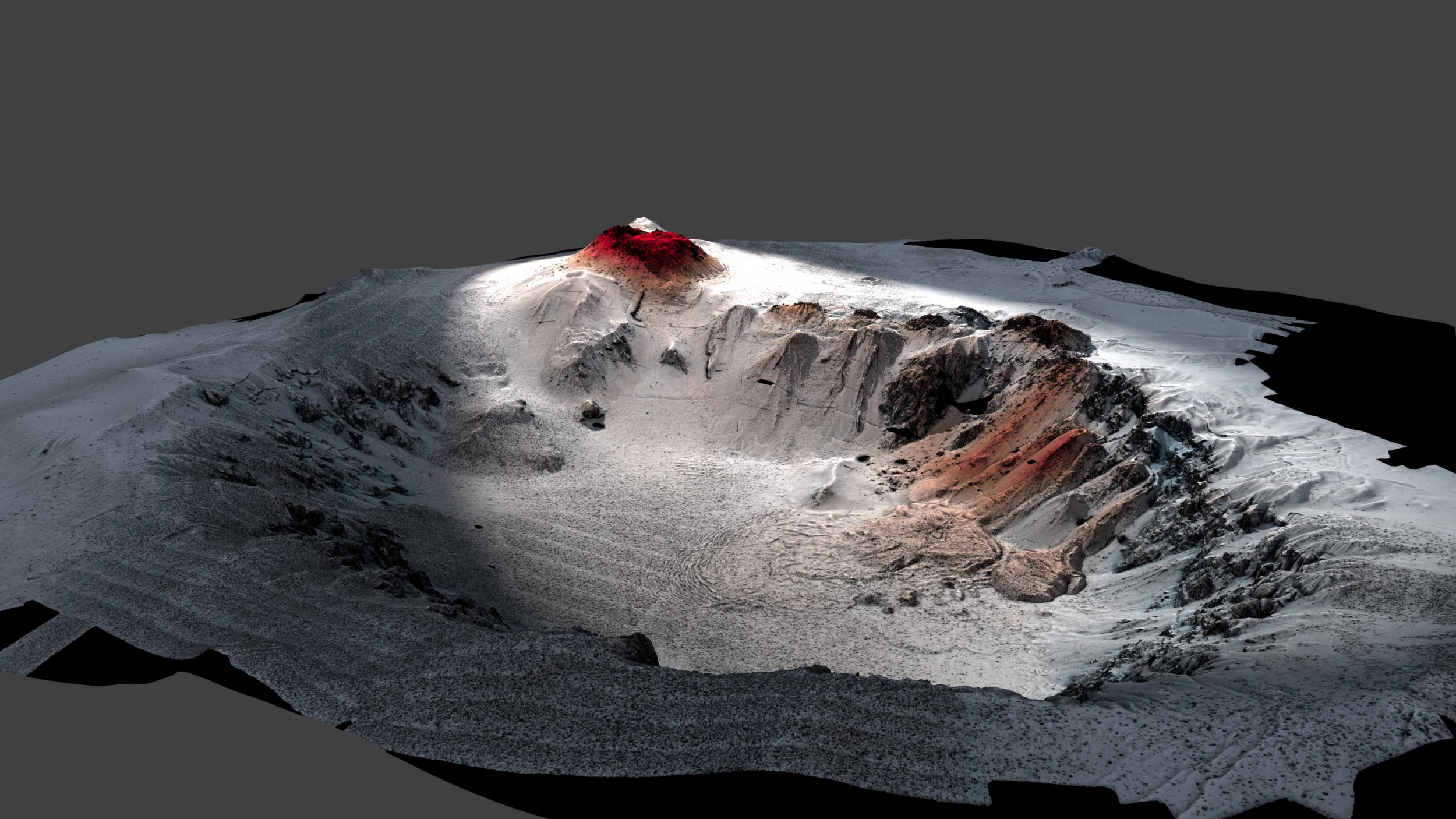
A giant eruption in 2012 on the ocean floor near New Zealand was even larger than scientists realized at the time, a new analysis shows. In fact, it was the largest eruption of a deep ocean volcano in the past century. The study, which used robot submarines to probe the underwater volcano, called Havre, could reshape our understanding of what's happening beneath the Earth's surface.
"We know virtually nothing about submarine volcanoes and eruption processes in the ocean, despite more than 75 percent of the Earth's volcanoes being on the seafloor," lead author Rebecca Carey, a volcanologist at the University of Tasmania in Australia, wrote in an email to Newsweek.
Carey was focused on the more usual volcanic suspects—eruptions that take place on land—until (coincidentally) just before the eruption began. "Lucky for me, in 2012 Havre volcano erupted," Carey wrote. Havre, which had been discovered about 600 miles from New Zealand's North Island just a decade earlier, sent a plume from 700 meters below sea level to the surface.
The magnitude of the event was akin to the eruption of Mount St. Helens in 1980, said Carey. "We then knew that this was an event that only happens on land about four times per century," she said. "On the seafloor they are as common, however always undetected." That's because there's so much ocean hiding what's happening at the bottom of the sea.
The 2012 eruption gave scientists a giant clue that something big had happened: an enormous piece of floating pumice measuring about 150 square miles. But Carey and other researchers didn't know just how large the eruption was. So they sent an autonomous underwater vehicle (AUV) and a team of a dozen remotely operated vehicles to explore the volcano in 2015.
"The AUV would be programed to survey an area and we would just drop it off the side of the ship and say 'bye bye' for 8-12 hours," Carey wrote. She likened the images the vehicles captured to those sent home by spacecraft visiting other planets.
Read more: Decades-Long Kilauea Eruption May Solve Volcanic Lava Mystery
The robots looked at 14 different vents on the Havre volcano to better measure the amount of lava and rock at the site. That number of vents alone pointed to the significance of the event, punching holes along a huge tear line in the volcano's structure, the team found.
The analysis also showed that what was left on the seafloor didn't match up very well with the severity of the eruption event as a whole. That means scientists can't use those seafloor changes as a good marker of an eruption's strength. The study is published in the journal Science Advances.
Carey says that the team is hoping to do more research at the Havre site focused on the biological affects of such a serious eruption. The giant eruption covered underwater ecosystems in ash, which marine life suffered from. Further study may give scientists a better sense of how these environments rebound not only after submarine volcanoes, but also when subjected to seafloor mining, which companies around the world are looking to explore.
"This event is a scientific goldmine," Carey said in a statement.
As for the fate of that giant raft of pumice? The study found that most of it ended up on the beaches of Micronesia and the waters off eastern Australia.
Uncommon Knowledge
Newsweek is committed to challenging conventional wisdom and finding connections in the search for common ground.
Newsweek is committed to challenging conventional wisdom and finding connections in the search for common ground.
About the writer
Meghan Bartels is a science journalist based in New York City who covers the science happening on the surface of ... Read more
To read how Newsweek uses AI as a newsroom tool, Click here.








